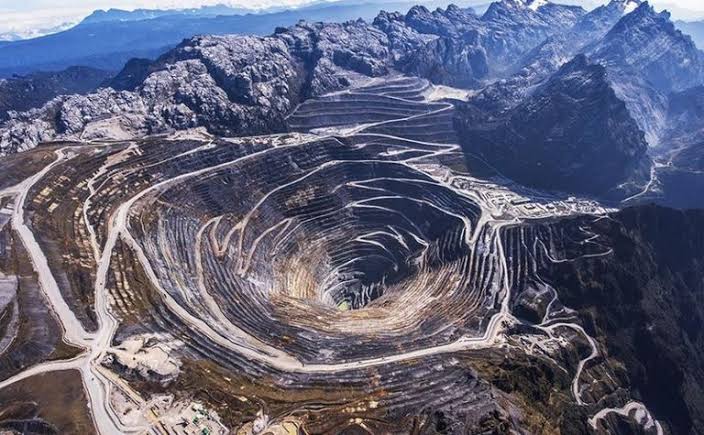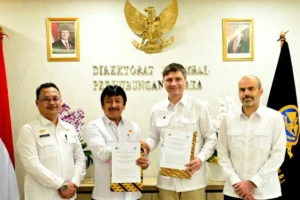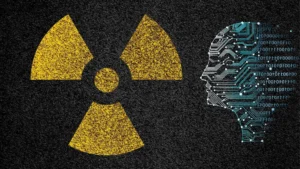Copper Industry Future Roadmap of Indonesia

Indonesia boasts one of the largest mineral reserves in the world and is rich in natural resources such as coal, copper, gold, tin, and nickel.
Millions of people are employed by the mining industry, which accounts for roughly 11% to 11.3% of Indonesia’s GDP and contributes significantly to the country’s economy.
Background
The mining industry in Indonesia also receives major contributions from copper and gold.
Indonesia is the 2nd largest producer of copper in the world, and Papua is where the majority of copper is produced.
There are more than 696 copper mines in operation globally, of which 127 are in Indonesia, according to GlobalData’s mines.
Top Production Copper Mines of Indonesia
Top 03 mines according to production are:
- Grasberg Block Cave Mine: The Grasberg Block Cave Mine is a underground mine located in Papua. It is owned by Mining Industry Indonesia and produced an estimated 395.91 thousand tonnes of copper in 2022.
- Deep Mill Level Zone Mine: It is located in Papua, the Deep Mill Level Zone Mine is owned by Mining Industry Indonesia. The underground mine produced an estimated 227.02 thousand tonnes of copper in 2022.
- Batu Hijau Mine: The Batu Hijau Mine is located in West Nusa Tenggara. It is owned by Amman Mineral Internasional and produced an estimated 200.19 thousand tonnes of copper in 2022.
Currently, Indonesia has copper ore reserves of 3.1 billion tons with a production rate of 100 million tons per year. The copper ore reserves are estimated to be exhausted in 30 years if there is no additional new reserves. Therefore it is necessary to increase the added value of copper ore, either by constructing a new mill or by expanding an existing mill for copper extraction.
According to a press release on February 03, 2022 from Coordinating Ministery For Economic Affiars, Indonesia following initiatives are fruitful for Copper Industry:
- With the expansion at the first mineral refinery plant in Indonesia, there are 3.3 million tons of concentrate which will later be processed, so that Gresik becomes a center for copper downstreaming. In the future, with renewable energy, electric vehicles and solar panels all require copper. Therefore, the downstreaming of derivative products needs to be continuously encouraged, especially for the need to produce electronic products.”
- With this expansion, the concentrate processing capacity of PT Smelting is planned to increase to 1.3 million tons and the production capacity of copper cathodes to increase to 342,000 tons per year.
- PT Smelting’s expansion does not only meet the needs of domestic products such as copper cathode for the wire industry (wire), copper bars (rod bar), chemical industry, as well as by-products such as sulfuric acid for raw material for fertilizer factories as well as copper slag and gypsum as raw material for fertilizer factories. cement, but PT Smelting also exports copper cathode and copper telluride.
- “The strength of the copper industry in Indonesia will continue to be improved and the cluster in Gresik certainly needs to be encouraged, so that the Gresik Regent can also become the Regent of Copper,” said Coordinating Minister Airlangga while ending his remarks.
Inauguration ceremony of Copper Foil Production Factory
Indonesia will stop exporting copper concentrates as soon as Freeport Indonesia and Amman Mineral Internasional finish building smelters next year.

“If these two big companies complete their smelters, that means we will no longer export raw copper because it will be processed domestically to become copper cathodes,” said Indonesian President Joko Widodo in a speech on June 20, 2023. President expected both facilities to start production in May 2024.
Furthermore President said “We expect the construction of the factory can be completed soon and start the production. We also hope it can boost Indonesia to transform to a developed country.”
Conclusion
The future roadmap of the Copper Industry is positive and effective with progressive approach of the Indonesian Goverment.
Firstly, Copper is set to follow Nickel as Indonesia’s next focus in the country’s push for more onshore refining as it seeks to climb up the commodities value chain.
Secondly, refined Copper will be useful for EV Industry, Wind Turbines and other Energy Solutions which can lead Indonesia to transform as a developed country.


